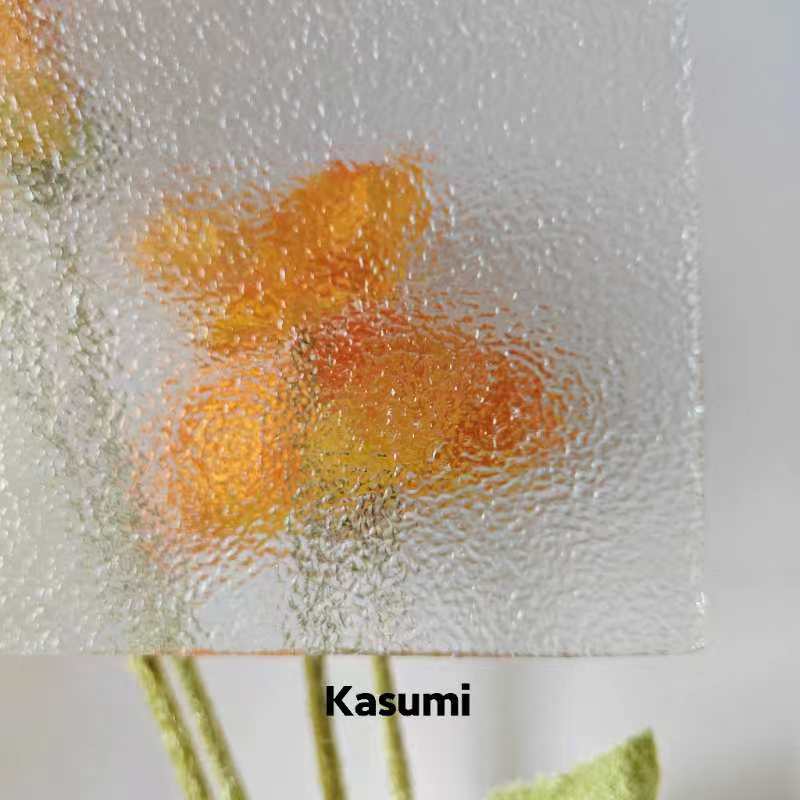

Understanding Heat Reflective Glass A Sustainable Solution for Modern Architecture
In recent years, there has been an increasing demand for innovative building materials that not only enhance aesthetic appeal but also contribute to energy efficiency and sustainability. One such revolutionary material is heat reflective glass, which has gained significant traction in modern architecture.
What is Heat Reflective Glass?
Heat reflective glass, often referred to as low-emissivity (Low-E) glass, is designed to reflect a significant portion of solar heat while allowing natural light to enter the building. This unique property makes it an ideal choice for both residential and commercial buildings where energy conservation is a priority. The glass is treated with a special coating that reflects infrared radiation, reducing the amount of heat transmitted through the glass.
Why Choose Heat Reflective Glass?
1. Energy Efficiency One of the most compelling advantages of heat reflective glass is its ability to improve energy efficiency. By reflecting heat away from the building, the glass helps to maintain cooler indoor temperatures during the summer months, reducing the reliance on air conditioning systems. This, in turn, lowers energy consumption and utility costs, making it a financially savvy choice for homeowners and businesses alike.
2. Comfortable Indoor Environment Heat reflective glass contributes to a more comfortable indoor environment by minimizing the temperature fluctuations that can occur with traditional glass. This creates a stable internal climate, allowing occupants to enjoy their space without the discomfort of hot spots near windows or excessive glare.
3. UV Protection In addition to reflecting heat, heat reflective glass also provides protection against harmful ultraviolet (UV) rays. This feature helps prevent the fading of furniture, carpets, and artwork, extending their lifespan and maintaining the aesthetic quality of the interior. It is particularly beneficial in sunny climates where UV exposure is a constant concern.
4. Aesthetic Versatility Heat reflective glass is available in various designs, colors, and finishes, allowing architects and designers to incorporate it seamlessly into their building projects. Whether it’s a sleek, modern office building or a cozy residential home, heat reflective glass can enhance the overall appearance while providing functionality.

5. Environmental Benefits By reducing energy consumption, heat reflective glass contributes to a lower carbon footprint, making it an eco-friendly option for new constructions and renovations. As governments and organizations around the world strive to combat climate change, using sustainable building materials like heat reflective glass aligns with global efforts to promote environmental stewardship.
Applications of Heat Reflective Glass
Heat reflective glass is versatile and can be used in a variety of applications. In commercial buildings, it is commonly used for facades, skylights, and curtain walls. The ability to manage heat gain is particularly valuable in high-rise buildings, where traditional glass can lead to excessive heat buildup.
In residential settings, homeowners can install heat reflective glass in windows and sliding doors to improve energy efficiency and comfort. It is an excellent option for sunrooms and conservatories, where natural light is desired without the intrusive heat.
Limitations and Considerations
While heat reflective glass offers numerous advantages, there are some limitations to consider. For instance, the glass may have a slight tint that could alter the appearance of colors viewed through it. Additionally, while it reduces heat gain, it is essential to balance this feature with proper ventilation to ensure adequate airflow within the building.
Conclusion
As the construction industry continues to evolve, heat reflective glass stands out as a sustainable solution that merges functionality with aesthetics. Its energy-efficient qualities, UV protection, and design versatility make it a top choice for modern architects and builders. Embracing heat reflective glass not only contributes to creating beautiful and comfortable spaces but also promotes a more sustainable future, aligning with the growing global emphasis on environmentally conscious building practices. With ongoing advancements in technology, the potential applications and benefits of heat reflective glass are likely to expand, making it an indispensable element of modern architecture.